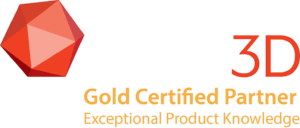QUICK LINKS
Menu
3DSL is a company dedicated to providing innovative ways for industry professionals to improve their design workflows
CONTACT US
- 1300 733758
- info@3dsl.com.au
-
U6/2404 Logan Road,
Eight Mile Plains, QLD 4113
(Meeting by appointment only)



